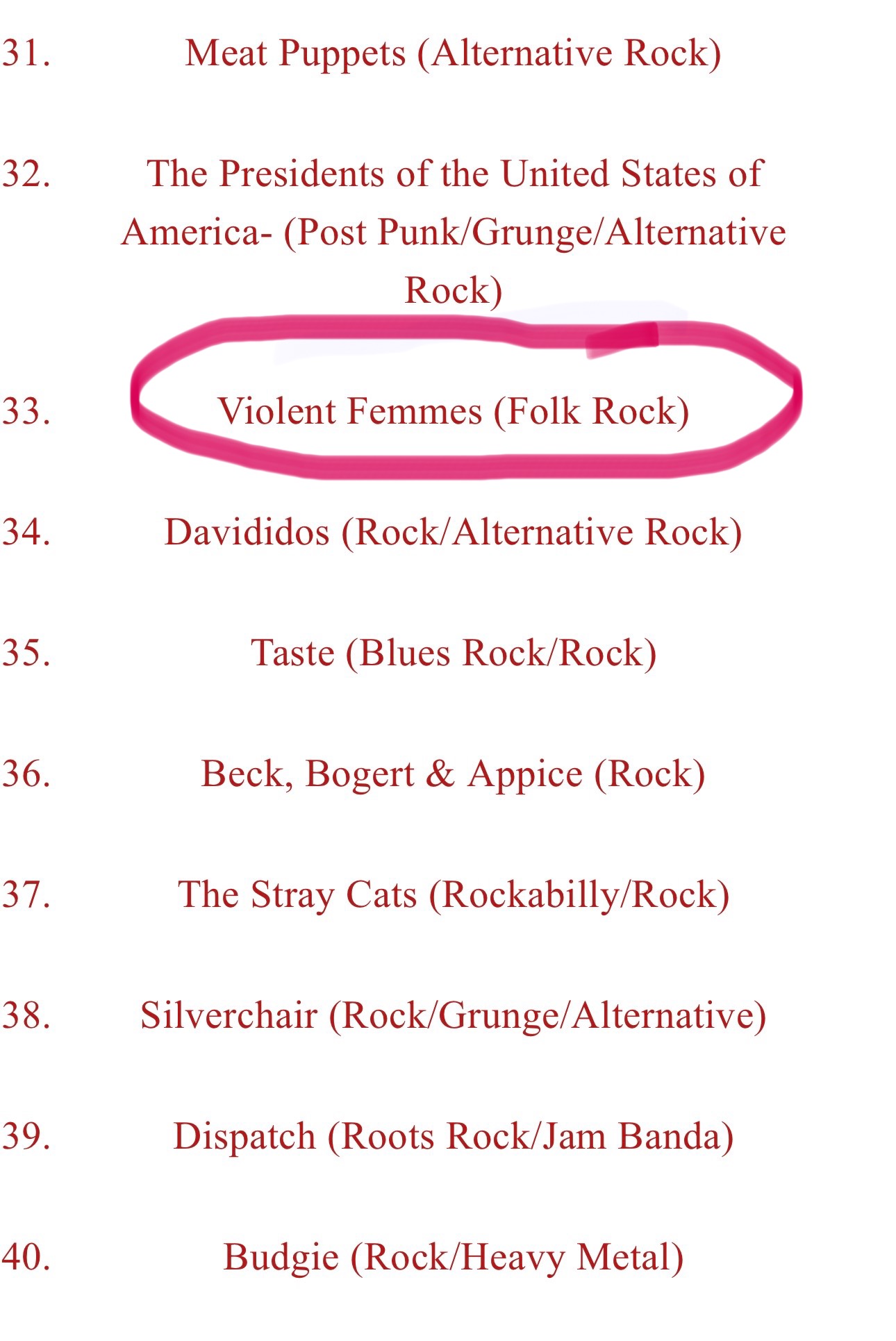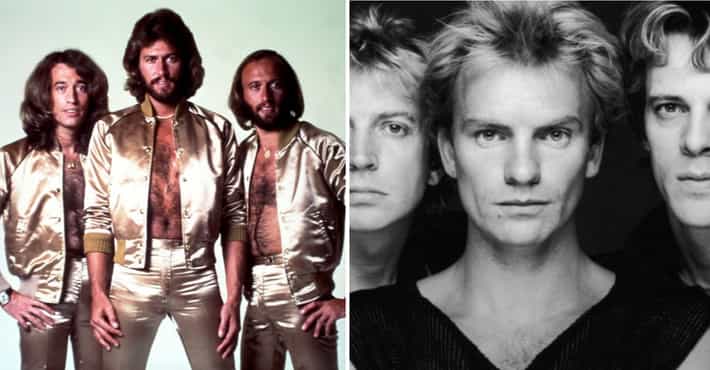Okay, so I’ve been obsessed with 3-piece rock bands lately. I mean, it’s amazing how much sound just three people can create. So I decided to really dig in and see what makes them tick. And of course, I had to try forming my own virtual band, just for kicks.

First Step: Listening A Lot!
I started by just listening – a lot. I made a massive playlist of all the classic 3-piece bands I could think of: The Jimi Hendrix Experience, Cream, Rush, Nirvana, The Police, ZZ Top, Muse…you get the idea. I spent hours just soaking it all in, trying to figure out what made them sound so full, even with just three instruments.
Breaking It Down
Next, I tried to break down what each instrument was doing. It became pretty clear that it’s all about how the roles overlap.
- The Guitar: Often, the guitarist is doing double duty – playing rhythm parts and lead lines, sometimes even at the same time. Think of those big, fat riffs from Cream, or how Hendrix could switch between chords and solos so seamlessly.
- The Bass: The bassist isn’t just holding down the root notes. They’re often adding melodic lines and fills, really driving the song forward. Listen to Rush – Geddy Lee’s bass is practically a lead instrument!
- The Drums: The drummer has to be a powerhouse. They need to be super tight with the bass, laying down a solid foundation, but also adding those dynamic fills and accents that keep things interesting. Think of John Bonham in Led Zeppelin (okay, they were a 4-piece, but Bonham’s drumming is a masterclass).
My “Virtual Band” Experiment
This is where things got fun. I don’t actually play any instruments (yet!), but I used some music software to try and recreate the feel of a 3-piece band. I laid down a basic drum track, trying to keep it powerful but not too busy. Then I added a bass line, making sure it locked in with the drums but also had some melodic movement. Finally, I layered a guitar track on top, experimenting with both rhythm chords and lead fills.
It was…rough. Seriously, my first attempts sounded like a muddy mess. But I kept tweaking things, adjusting the levels, and trying different combinations of sounds. Slowly, I started to get a feel for how to make the three parts work together. It’s all about balance, and making sure each instrument has its own space, but also contributes to the overall sound.
What I Learned
My little experiment definitely gave me a new appreciation for 3-piece bands. It’s not easy to make that format work, but when it does, it’s magic. You need three musicians who are really on top of their game, who can listen to each other, and who know how to fill the sonic space without stepping on each other’s toes. It also showed me that it’s possible to experiment and learn, even by using software.
I’m still no closer to actually forming a real band, but I’m definitely going to keep messing around with this. Who knows, maybe one day I’ll actually learn to play an instrument and try this for real!











